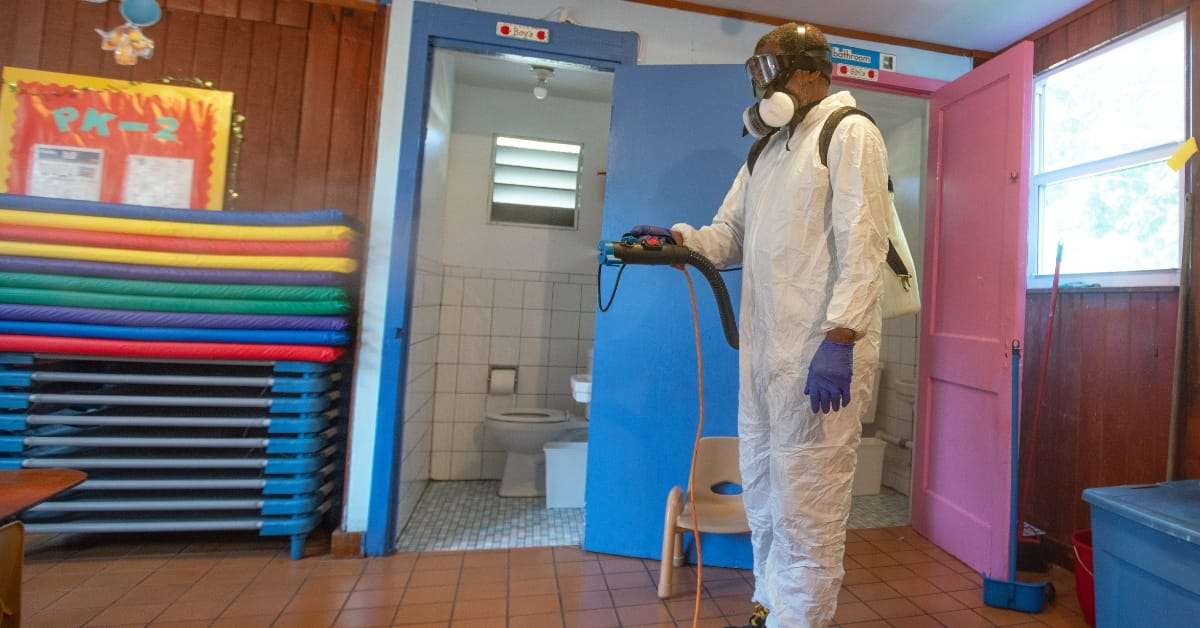Introduction
Allergies can make life uncomfortable, especially when your own home is the source of the problem. Dust, pet dander, mold, and other allergens often build up over time, turning your living environment into a trigger for allergy symptoms. The good news is that with regular, thorough cleaning, you can greatly reduce the allergens present in your home and breathe easier. In this blog, we share practical ways to maintain a clean home that helps reduce allergy symptoms. These tips will not only improve your quality of life but also create a healthier, more welcoming environment for everyone in your household.
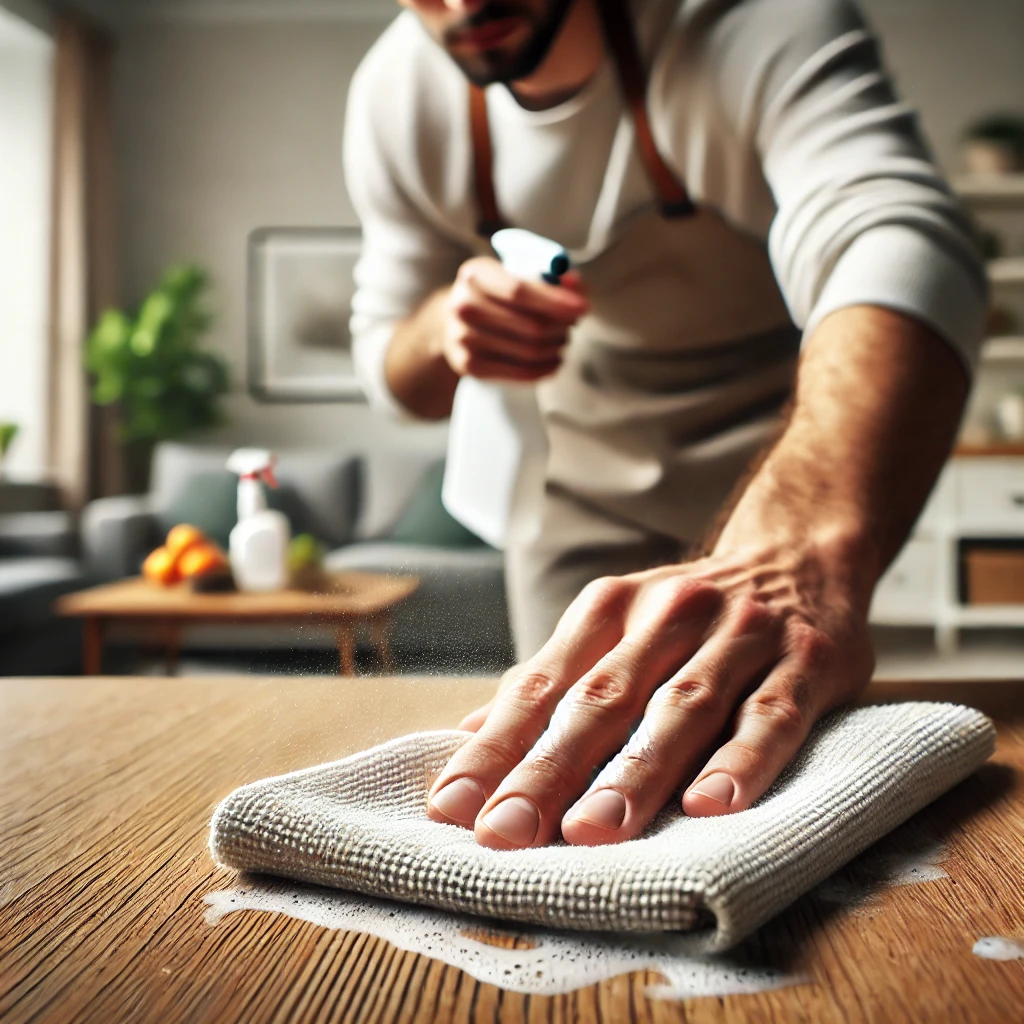
1. Dust Regularly Using the Right Tools
Dust is one of the most common allergy triggers in homes. Instead of using a feather duster, which can spread dust particles into the air, opt for a microfiber cloth or an electrostatic duster. These tools trap dust rather than displace it, reducing the number of allergens in the air. Make sure to dust surfaces like shelves, furniture, and electronics at least once a week. Don’t forget to clean hard-to-reach areas, such as the tops of cabinets, door frames, and ceiling fans, as dust often settles in these places and goes unnoticed. Consider using a damp microfiber cloth to prevent dust from becoming airborne and further reduce allergen buildup.
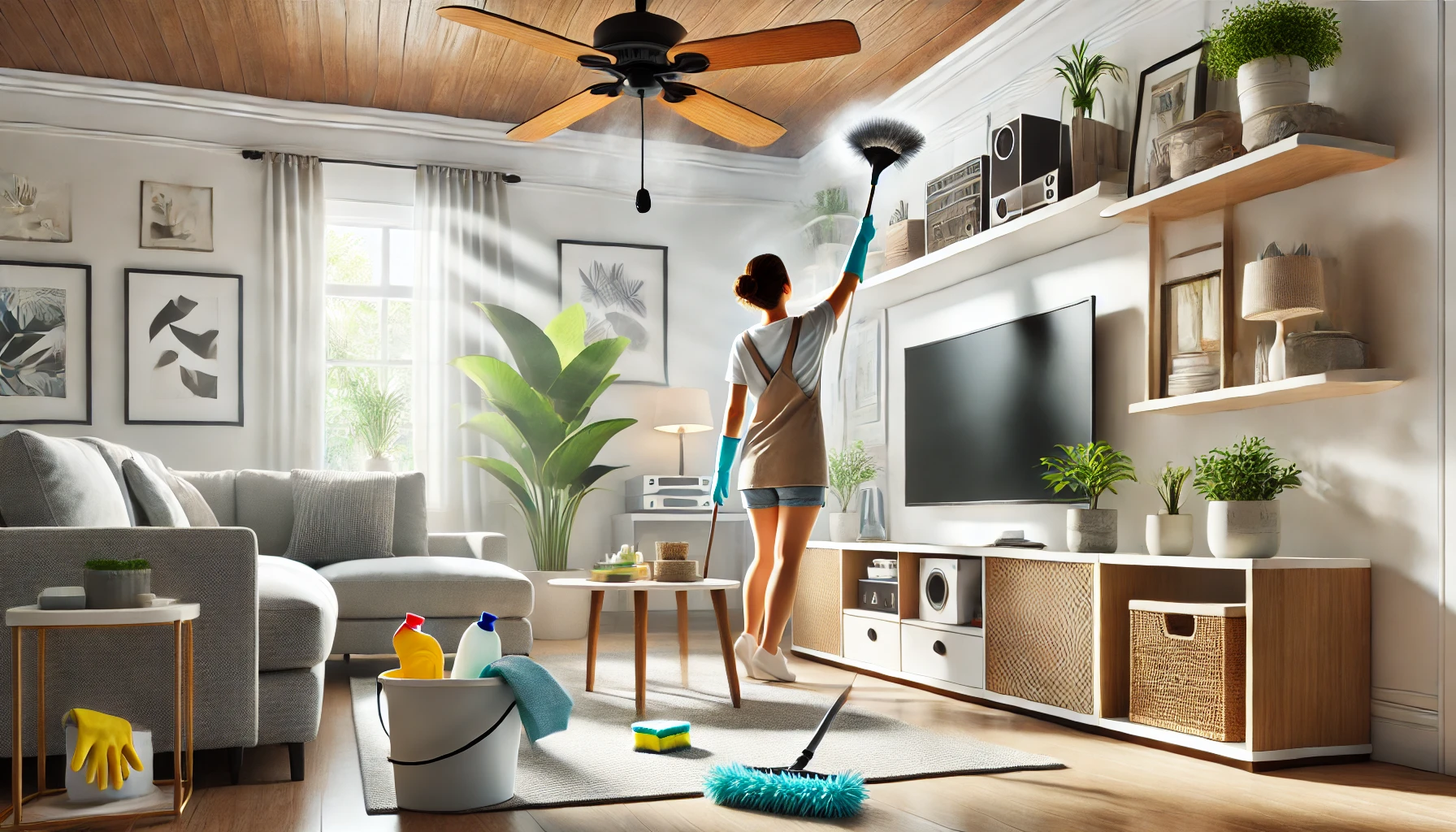
2. Vacuum Carpets and Upholstery Often
Carpets and upholstered furniture are notorious for trapping allergens like dust mites, pet dander, and pollen. To keep these allergens under control, vacuum carpets, rugs, and upholstery at least twice a week. Use a vacuum cleaner with a HEPA filter, as this type of filter is highly effective in capturing tiny particles that can exacerbate allergies. For best results, vacuum slowly and in different directions to ensure deep cleaning of fibers. Don’t forget to vacuum under furniture, cushions, and along baseboards, as allergens can easily accumulate in these areas. If possible, consider investing in a steam cleaner to deep clean your carpets and furniture every few months to eliminate even more allergens.
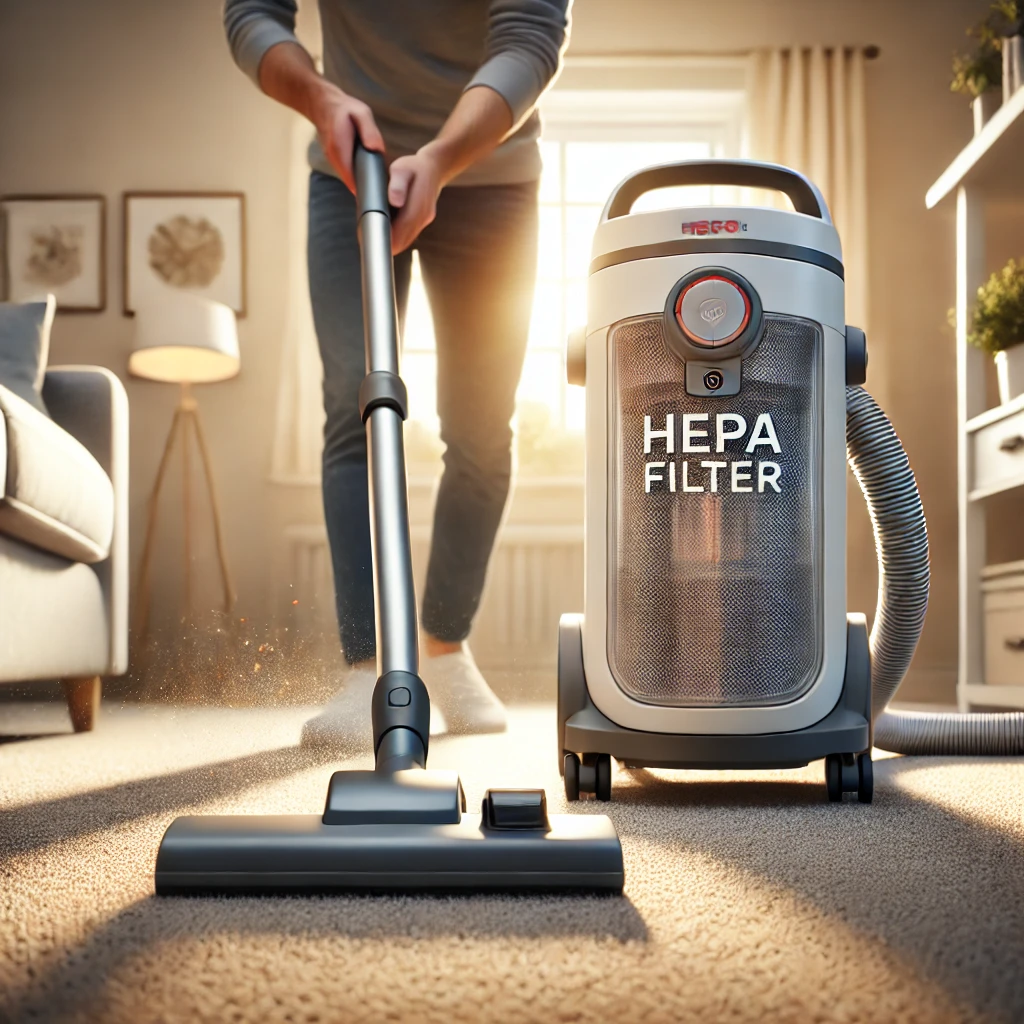
3. Wash Bedding and Linens Frequently
Dust mites thrive in bedding, pillows, and other fabrics that retain moisture and warmth. To minimize dust mites, wash your bedding in hot water at least once a week, as high temperatures help kill dust mites and other allergens. Consider using hypoallergenic mattress covers and pillowcases to add an extra layer of protection against allergens. These covers are designed to create a barrier that prevents dust mites from penetrating the fabric, significantly reducing allergen exposure. Additionally, wash other household linens, such as curtains and throw blankets, regularly. Dry your bedding and linens on high heat to further ensure that allergens are eliminated.
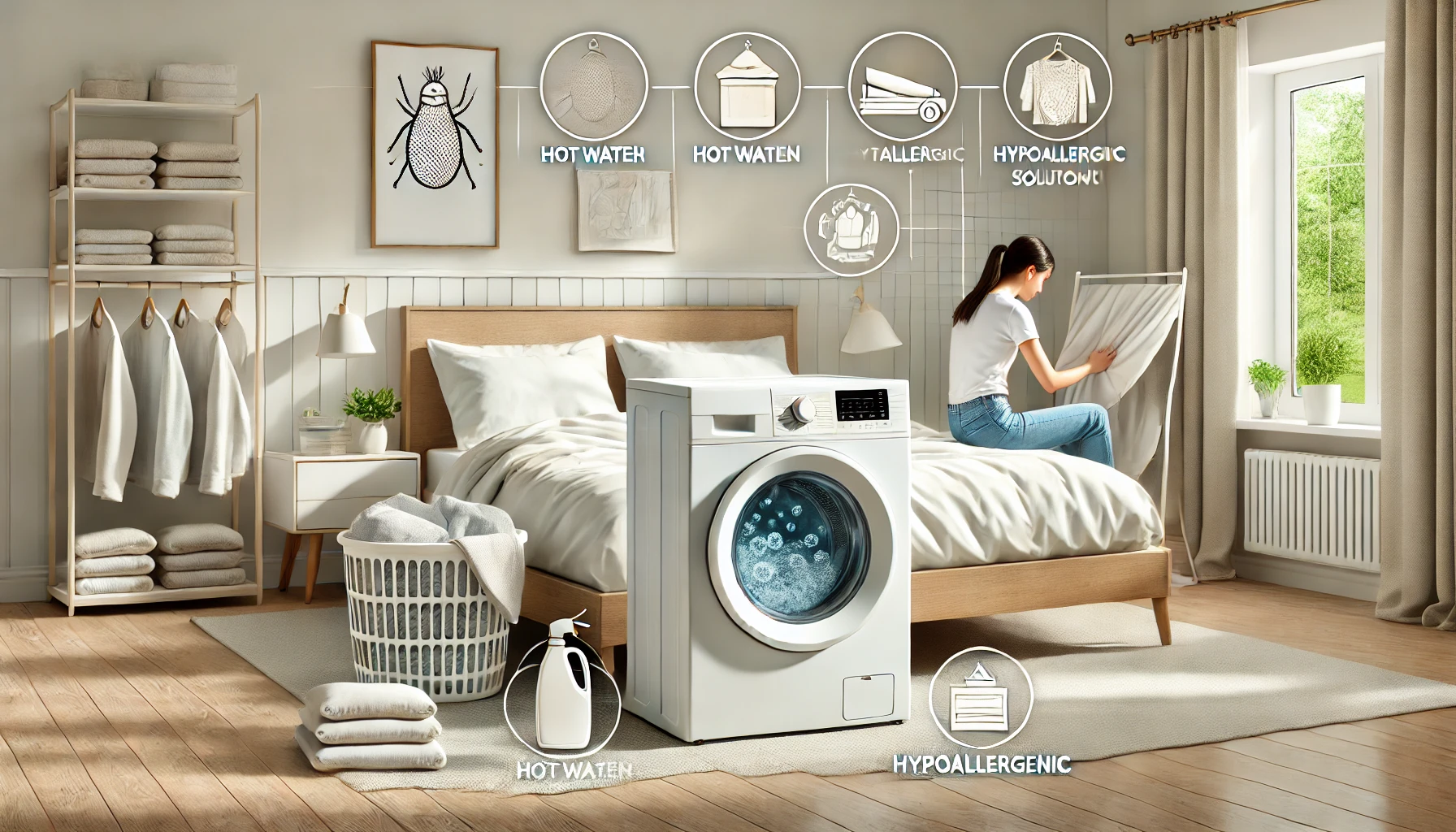
4. Control Humidity Levels
High humidity encourages the growth of mold and mildew, both of which are major allergens. Use a dehumidifier to keep indoor humidity levels between 30% and 50%, which discourages mold growth. Make sure to regularly clean areas like bathrooms, basements, and kitchens where moisture tends to accumulate. Ventilation is key—use exhaust fans when cooking or showering, and open windows when weather permits to allow fresh air to circulate. In addition to a dehumidifier, consider placing moisture absorbers in problem areas such as under sinks or in closets to help keep humidity levels under control. Keeping indoor plants that absorb moisture, like Boston ferns or peace lilies, can also help maintain balanced humidity levels naturally.
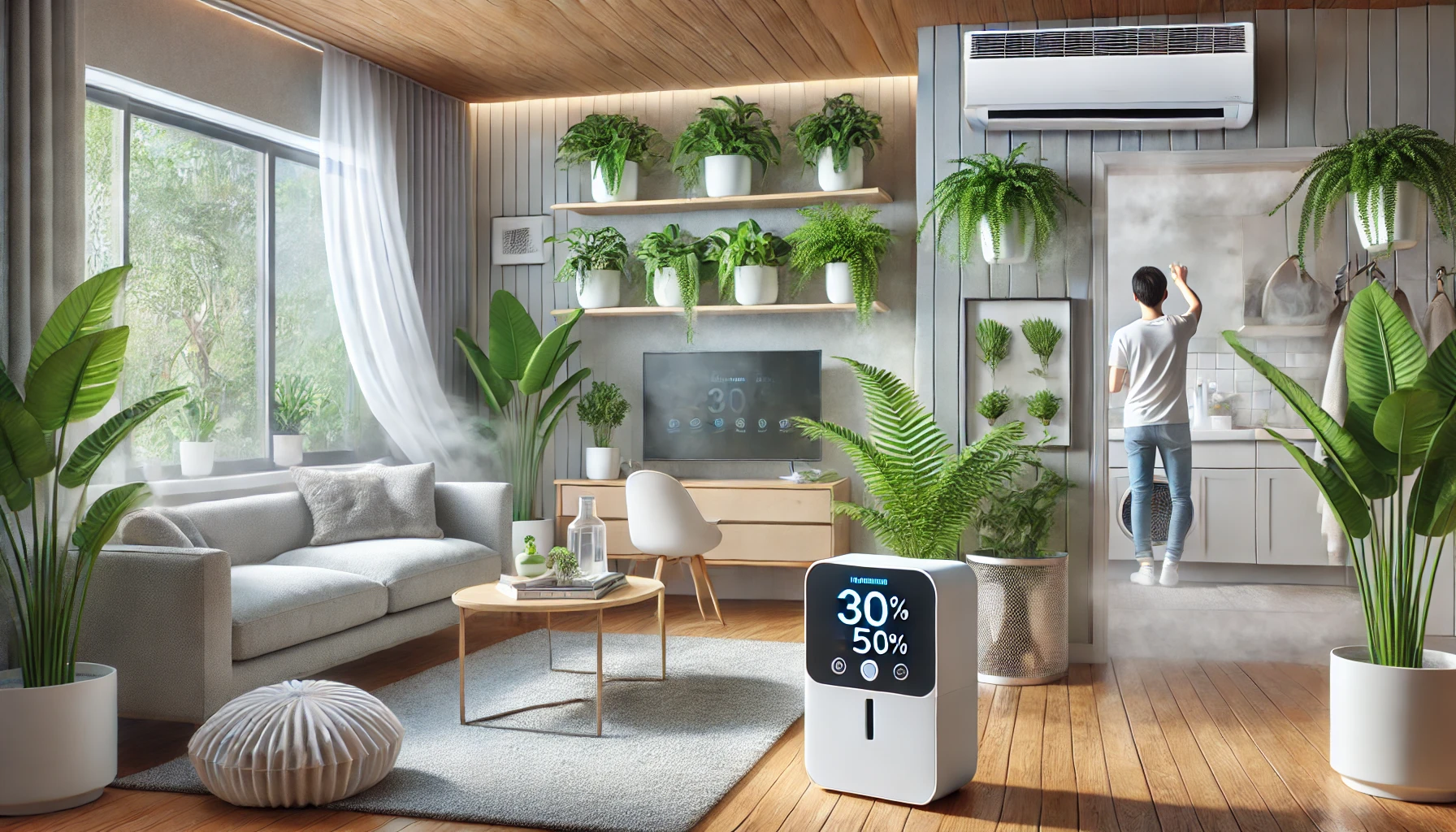
5. Keep Pets Clean and Groomed
Pet dander is a significant allergen for many people. If you have pets, make sure to groom them regularly and vacuum areas where they spend the most time. Brushing your pets outside can prevent loose fur and dander from spreading around your home. Keep pets off of furniture and out of bedrooms, as these areas are more difficult to clean thoroughly and tend to accumulate allergens. Regular bathing of pets can also reduce the amount of dander in your home; use pet-friendly shampoo that minimizes allergens. Wash pet bedding frequently, and consider using an air purifier in rooms where your pet spends a lot of time to help filter out pet-related allergens.
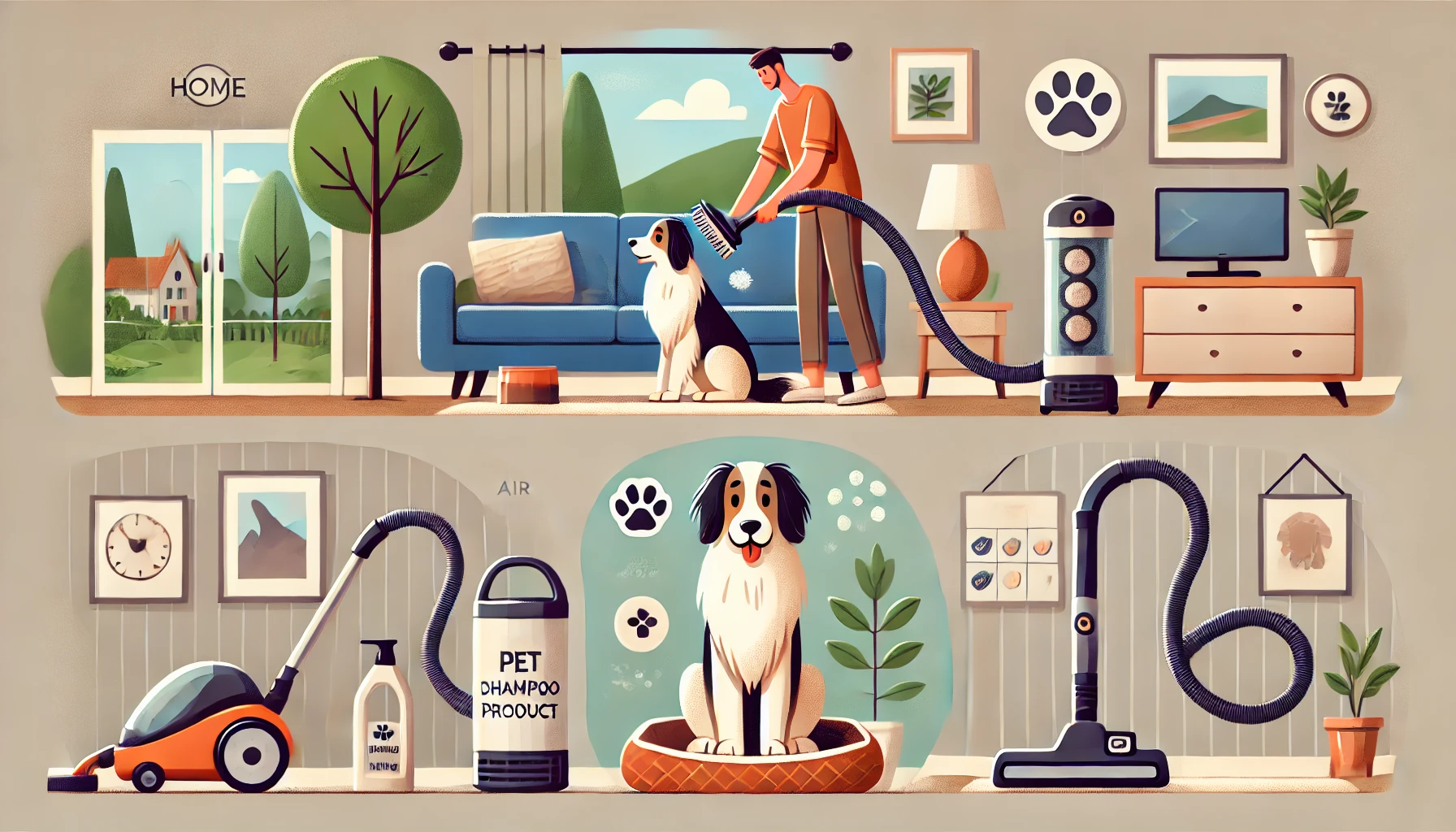
6. Clean Air Filters and Ventilation Systems
Your HVAC system can harbor allergens and circulate them throughout your home, significantly impacting air quality. Regularly replace air filters, ideally every one to three months, and consider investing in an air purifier to help trap allergens before they spread. Cleaning air vents and ducts can also minimize the accumulation of dust and other particles. Schedule a professional duct cleaning at least once a year to ensure that your HVAC system is not contributing to the allergen load in your home. In addition, consider upgrading to high-efficiency particulate air (HEPA) filters in your HVAC system to effectively trap smaller particles that standard filters might miss. Portable air purifiers with HEPA filters can also be a great addition to bedrooms or living spaces.
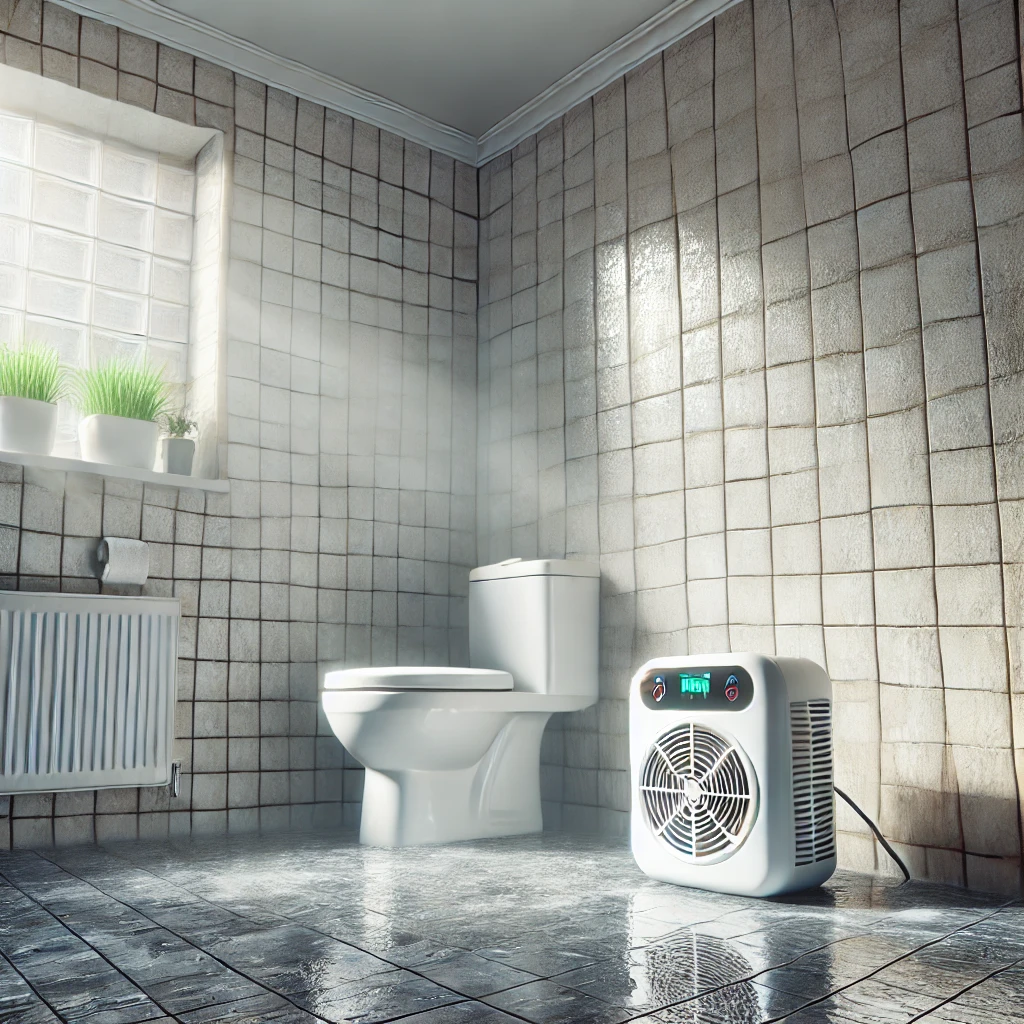
7. Address Mold in Bathrooms and Kitchens
Bathrooms and kitchens are hotspots for mold due to the moisture present in these spaces. Mold spores are powerful allergens that can lead to respiratory issues and worsen allergy symptoms. Regularly scrub bathroom tiles, shower curtains, and other damp areas with a mold-killing cleaner. Consider using natural mold-fighting solutions like white vinegar or hydrogen peroxide to avoid harsh chemicals. Make sure to use exhaust fans or open windows when cooking or showering to reduce humidity levels and prevent mold growth. Pay attention to the less obvious spots, such as under sinks and around faucets, as mold can grow in these areas if not cleaned properly. Replace old caulk and grout if you notice mold buildup that cannot be cleaned, as it’s crucial to eliminate mold at the source to maintain a healthy environment.
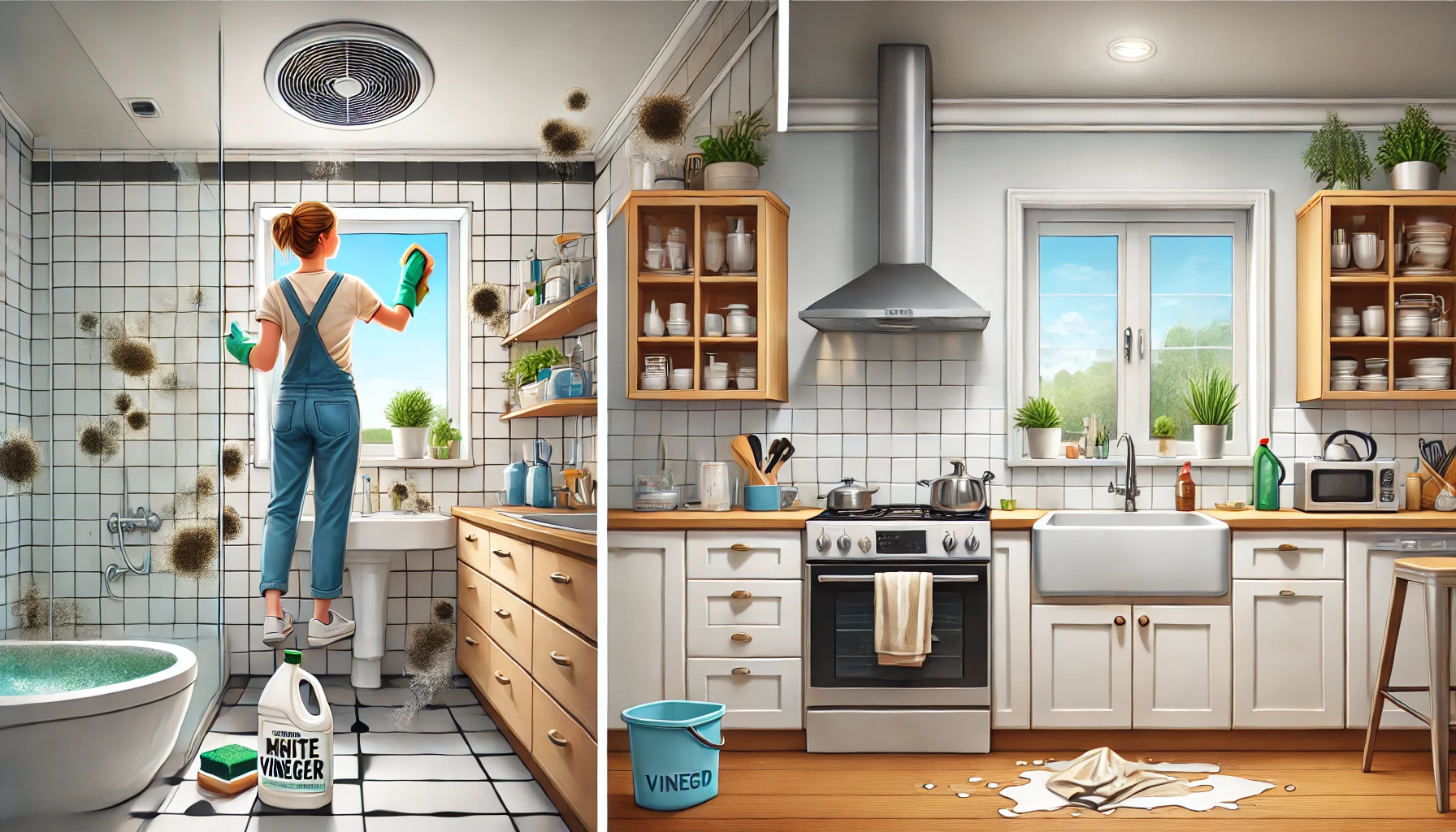
8. Declutter and Minimize Dust Collectors
Cluttered spaces tend to collect more dust and allergens, making cleaning difficult and increasing allergen exposure. Declutter your home by reducing unnecessary items like unused furniture, knick-knacks, or piles of magazines and papers. The fewer items there are in your living spaces, the fewer surfaces there are for dust to settle on. Consider using enclosed storage solutions, such as cabinets and bins, to keep items organized and reduce the number of surfaces exposed to dust. Opt for minimalist decor and furniture that is easy to wipe down and clean. Regularly rotate and clean items that are on display, such as books or decorative pieces, to prevent dust buildup.

Conclusion
Keeping your home clean is one of the most effective ways to reduce allergens and minimize allergy symptoms. By incorporating these cleaning practices into your routine, you can create a healthier living space that helps you and your family breathe easier. Whether you’re managing pet dander, dust mites, mold, or other allergens, a consistent approach to cleaning can make all the difference in reducing allergy triggers. A cleaner home means fewer allergy flare-ups, improved health, and a more comfortable living environment for everyone. By investing the time and effort into deep cleaning and maintaining a clutter-free, allergen-reduced space, you can enjoy the benefits of a home that truly supports your well-being.
Call to Action
Do allergies have you feeling down? Perfect Cleaning Services can help! Our professional cleaning team uses allergy-friendly methods to keep your home spotless and allergen-free. From deep cleaning carpets to sanitizing air vents, we ensure every aspect of your home is taken care of. Contact us today for a cleaner, healthier home environment and breathe easier knowing your home is in good hands.

